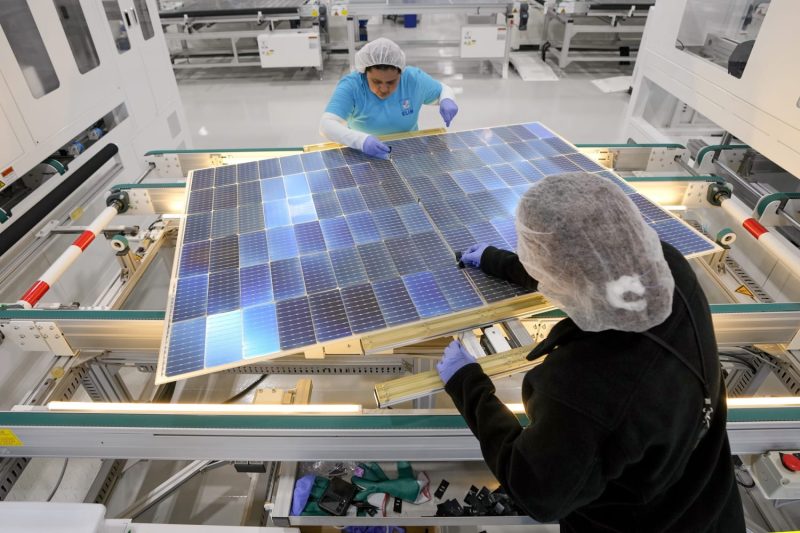
The Rise of Skilled Labor: A Shift in the U.S. Job Market
The ongoing transformation in the labor market of the United States has been a topic of significant interest in recent years. As the demand for skilled labor continues to rise, there is a noticeable slowdown in white-collar hiring. This shift is reflective of a changing landscape in the economy, with implications for individuals, businesses, and policymakers alike.
One major factor driving the shift towards skilled labor is technological advancement. The rise of automation and artificial intelligence has altered the nature of work, with many routine white-collar tasks being automated. As a result, employers are increasingly seeking workers with specialized skills and expertise that are not easily replicated by machines.
Additionally, the changing demographics of the workforce play a role in the shift towards skilled labor. As the baby boomer generation retires, there is a growing need for younger workers to fill the skills gap. This has created opportunities for individuals with technical skills, such as coding, data analysis, and digital marketing, to enter the workforce and thrive in high-demand industries.
Moreover, the COVID-19 pandemic has accelerated the adoption of remote work and digital technologies. This has led to a greater emphasis on digital skills and the ability to work effectively in a virtual environment. As a result, employers are prioritizing candidates with strong digital literacy and the ability to adapt to changing work practices.
The shift towards skilled labor has implications for both job seekers and employers. For individuals, developing specialized skills and staying current with industry trends is essential for long-term employability. This may involve pursuing higher education, obtaining certifications, or engaging in continuous learning to remain competitive in the job market.
Employers, on the other hand, need to adapt their recruitment strategies to attract and retain skilled workers. This may involve investing in training programs, offering competitive salaries, and providing opportunities for career advancement to attract top talent. In addition, businesses may need to reevaluate their job requirements and consider alternative ways of assessing candidates beyond traditional educational credentials.
From a policy perspective, the shift towards skilled labor presents challenges and opportunities for policymakers. Governments may need to invest in education and training programs to ensure that workers have the skills needed to succeed in the modern economy. Additionally, policymakers may need to address issues related to income inequality, worker protections, and job displacement resulting from technological change.
In conclusion, the shift towards skilled labor in the U.S. labor market is a complex phenomenon driven by technological, demographic, and economic factors. As the demand for specialized skills continues to rise, individuals, businesses, and policymakers must adapt to this changing landscape to thrive in the evolving economy.
